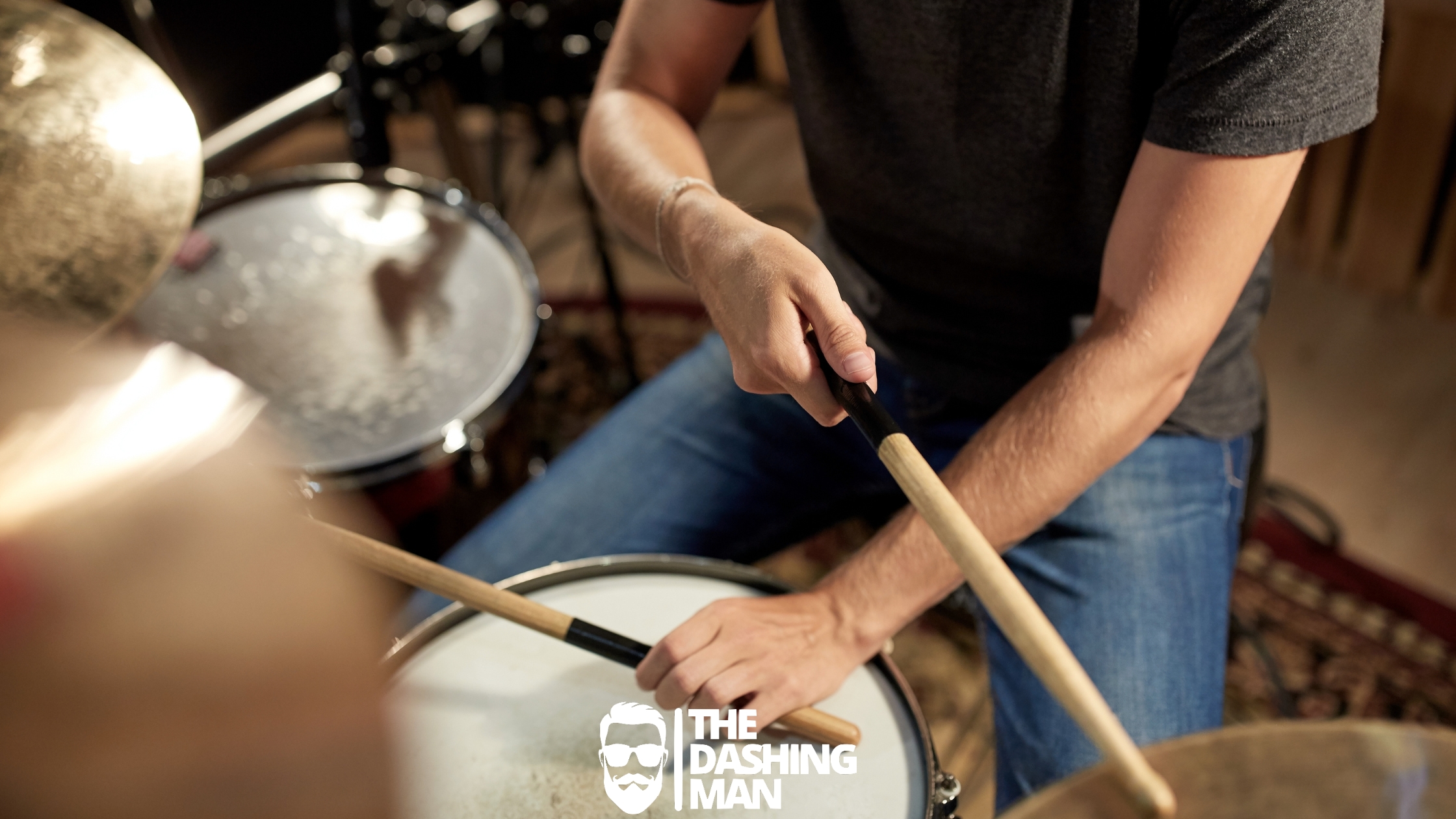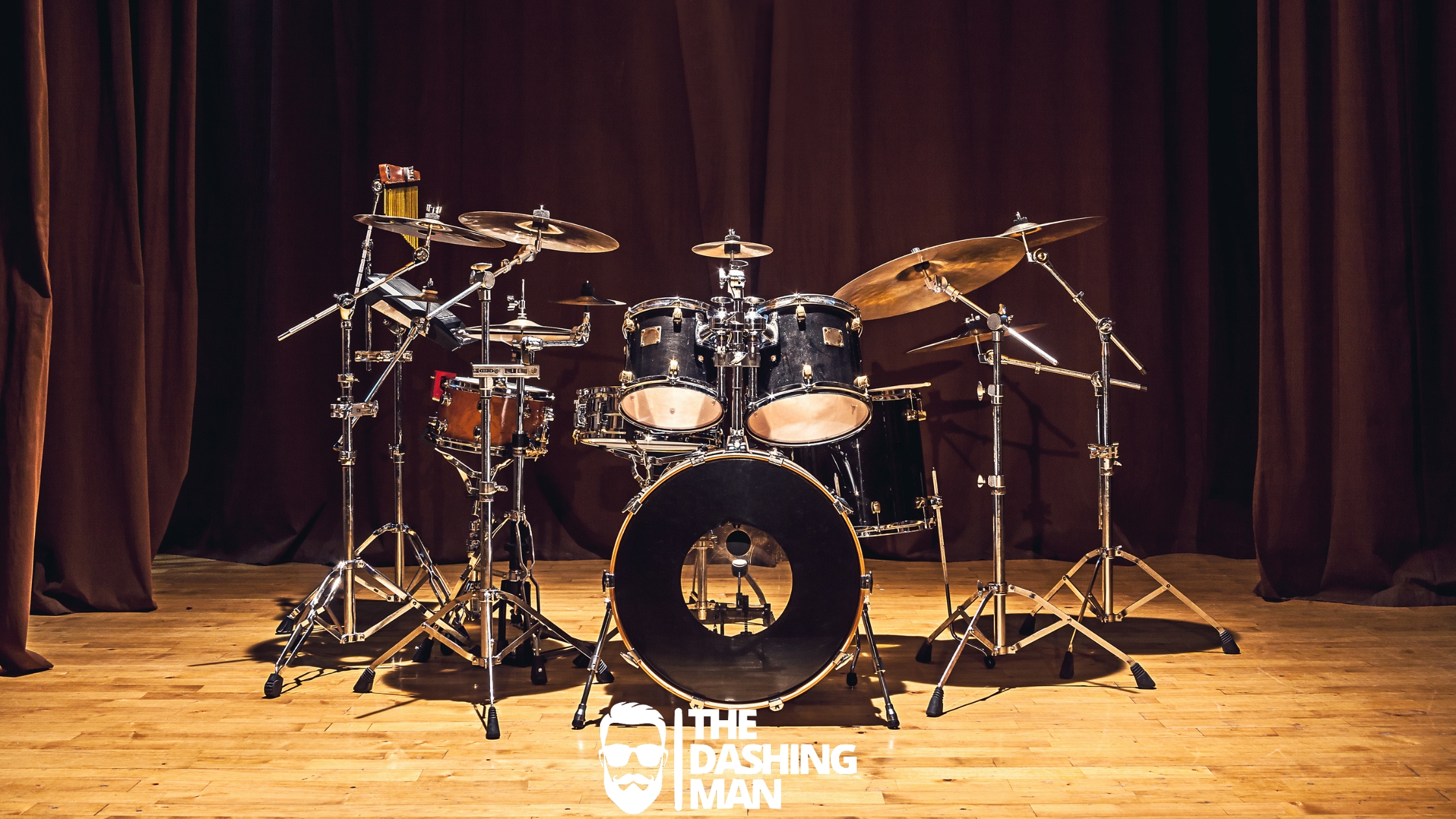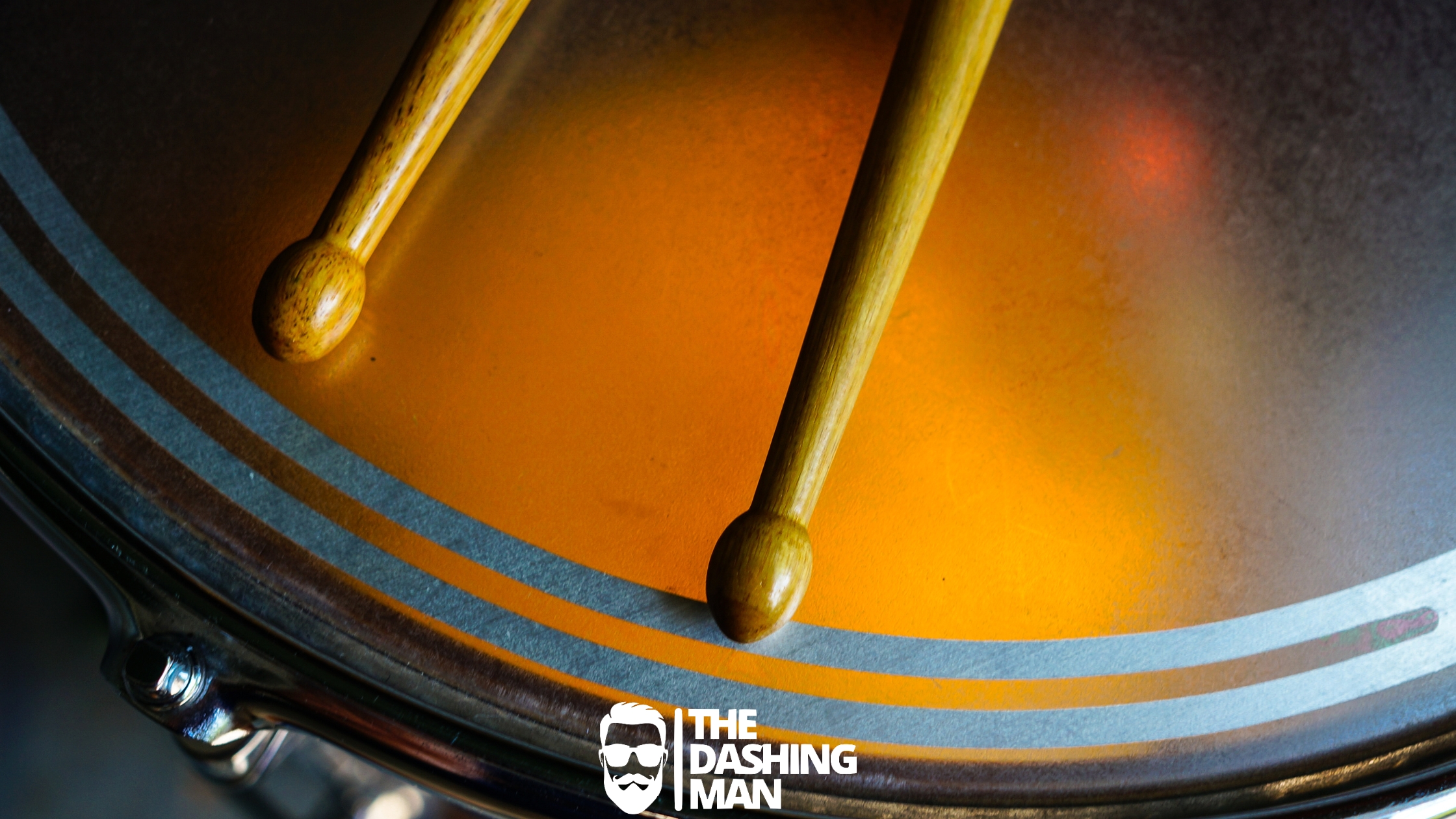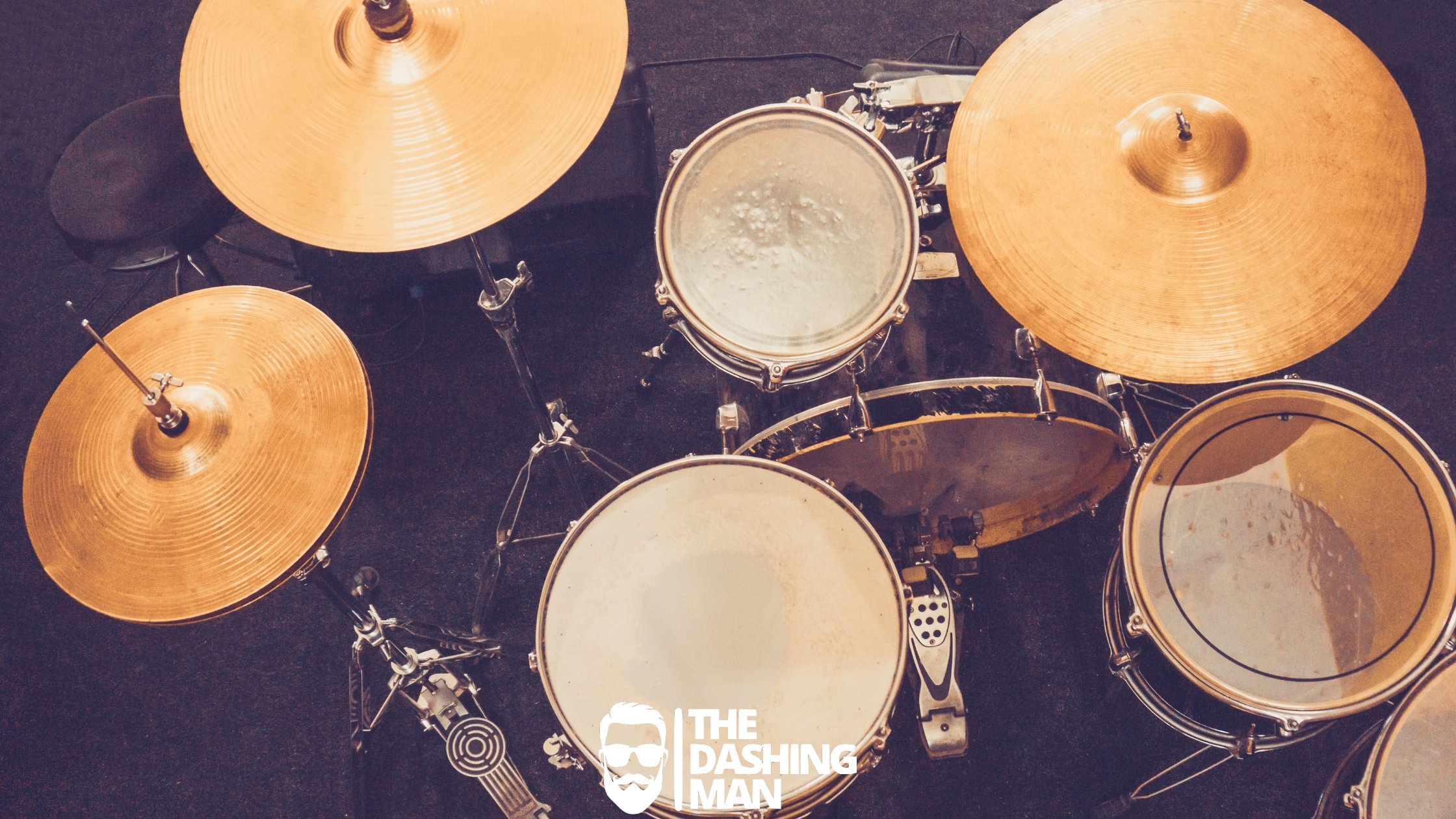Drums are a crucial component of most music genres. They provide the foundation for the rhythm and groove of a song. Learning to play drums is not only a fun hobby, but it can also be a lucrative career for those who take it seriously. However, like any musical instrument, mastering drums requires dedication, practice, and patience. In this post, we will explore some tips and tricks for learning how to play drums, including choosing the right drum set, learning basic techniques, and developing your own style.
Choosing the Right Drum Set
Before you start learning how to play drums, you need to choose the right drum set. There are many different types of drums, including acoustic drums, electronic drums, and hybrid drums. Acoustic drums are the traditional type of drums that you see on stage at concerts. They are made of wood and metal and produce a rich, natural sound. Electronic drums, on the other hand, use digital technology to produce sound. They are often used in recording studios and for practice because they are quieter than acoustic drums. Hybrid drums are a combination of acoustic and electronic drums. They are becoming increasingly popular because they offer the best of both worlds.
Once you have decided which type of drum set you want, you need to choose the right size and quality. It’s important to invest in a high-quality drum set that will last you for years to come. Look for drum sets that are made from high-quality materials, such as birch or maple. The size of the drum set will depend on your personal preferences and the style of music you want to play. For example, if you want to play jazz music, a smaller drum set with fewer pieces may be more suitable.
Learning Basic Techniques


Once you have your drum set, it’s time to start learning basic techniques. The first thing you should do is learn how to hold the drumsticks correctly. Hold the drumsticks with your thumb and index finger and use your other fingers to support the stick. The fulcrum point should be between your index finger and thumb. This will give you more control and accuracy when playing.
Next, you should learn how to play the basic drum beats. The most common beats are the bass drum, snare drum, and hi-hat. The bass drum is played with your foot using a pedal, and it provides the beat for the song. The snare drum is played with your drumsticks and provides the backbeat. The hi-hat is played with your foot and provides the rhythm.
As you become more comfortable with these basic techniques, you can start to experiment with more advanced techniques, such as ghost notes, fills, and polyrhythms. Ghost notes are quiet notes that are played in between the main beats. Fills are short bursts of sound that are played between sections of the song. Polyrhythms are when you play multiple rhythms at the same time.
Developing Your Own Style


Once you have mastered the basic techniques, it’s time to start developing your own style. Every drummer has their own unique style, and it’s important to find yours. Start by experimenting with different drumming styles, such as rock, jazz, and funk. Listen to your favorite drummers and try to imitate their style. As you become more comfortable with different styles, start to blend them together to create your own unique sound.
Another way to develop your own style is to practice improvisation. Improvisation is when you play without a set plan or structure. This allows you to be more creative and expressive with your drumming. You can practice improvisation by playing along with your favorite songs and trying to add your own unique spin to them.
Practice, Practice, Practice


Finally, the key to mastering drums is practice, practice, practice. It’s important to practice regularly
and consistently to improve your skills. Set aside dedicated time each day to practice, even if it’s just for a few minutes. Start with simple exercises and gradually increase the difficulty as you improve.
In addition to practicing on your own, it’s also important to play with other musicians. Playing with others will help you develop your timing and listening skills. Join a local band or attend jam sessions to get more experience playing with others.
Use proper posture


When playing drums, it’s important to maintain proper posture to avoid back and shoulder pain. Sit up straight with your feet flat on the pedals and your knees at a 90-degree angle. Adjust the height of the drum throne so that your thighs are parallel to the ground. Keep your arms and wrists relaxed and avoid tensing up.
Record yourself


Recording yourself while practicing can be a helpful tool for identifying areas of improvement. Use a phone or recording device to record yourself playing and then listen back to it. Take note of any mistakes or areas where you can improve. This can help you identify specific areas to focus on during practice sessions.
Focus on timing


Timing is crucial when playing drums. It’s important to keep a steady beat and maintain a consistent tempo throughout the song. Use a metronome or play along with a recording to improve your timing skills.
Learn to read drum sheet music: How to Play Drums
Like any other instrument, drums have their own sheet music. Learning to read drum sheet music will allow you to learn new songs and expand your musical knowledge. Start with simple exercises and gradually progress to more complex pieces.
Experiment with different drumming accessories: How to Play Drums
Drumming accessories such as drumsticks, brushes, and mallets can produce different sounds and textures. Experiment with different accessories to find the ones that work best for your style.
Attend drumming workshops and clinics
Drumming workshops and clinics are a great way to learn from other drummers and improve your skills. Attend local events or look for online resources to find workshops and clinics in your area. You’ll be able to learn new techniques and connect with other drummers who share your passion.
Conclusion
Learning how to play drums is a rewarding experience. With the right drum set, basic techniques, and practice, you can develop your own unique style and become a skilled drummer. Remember to start with the basics and gradually progress to more advanced techniques. Don’t be afraid to experiment with different styles and improvisation. And most importantly, practice regularly and consistently to improve your skills. Happy drumming!
If you liked this post, be sure to check out some of our related posts too!

